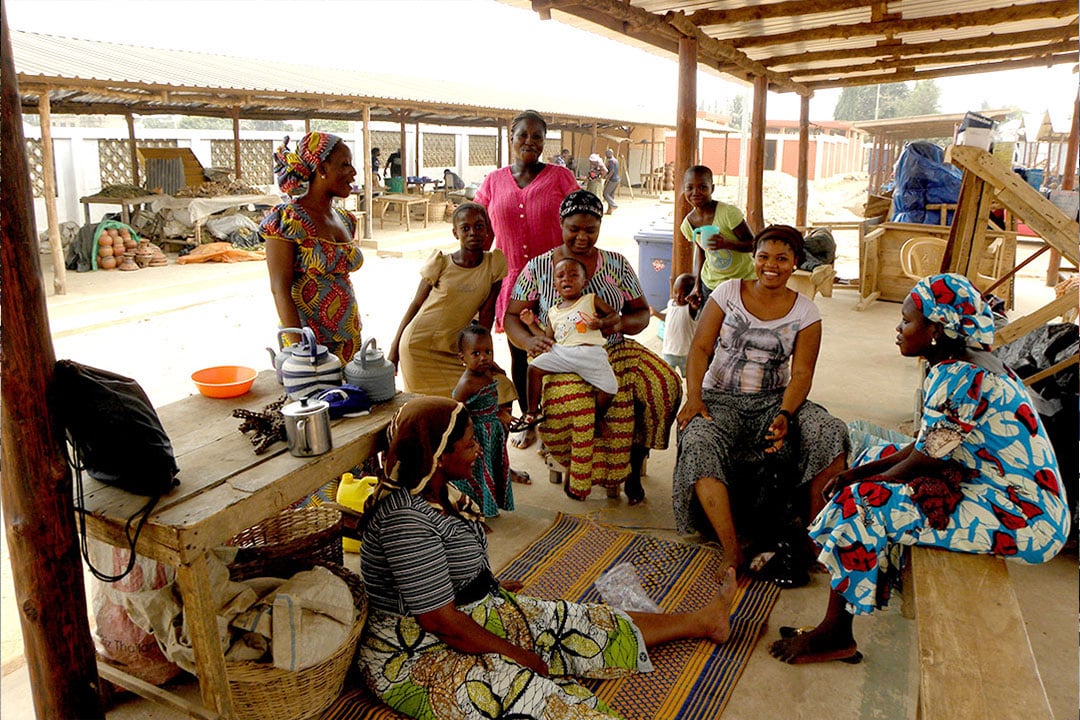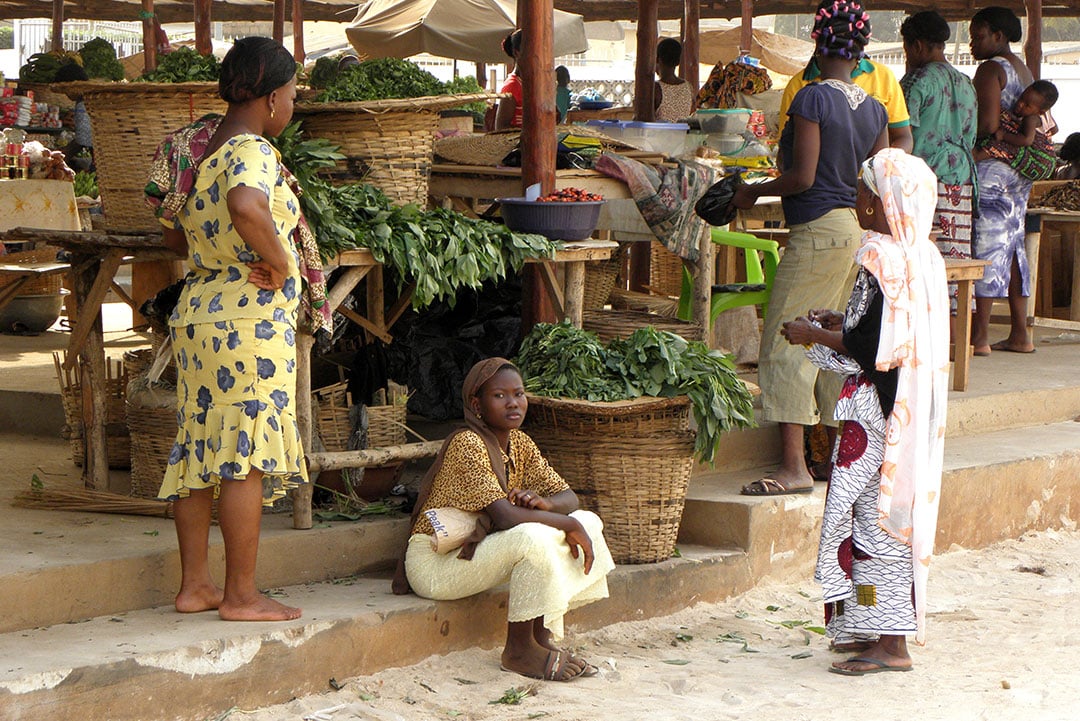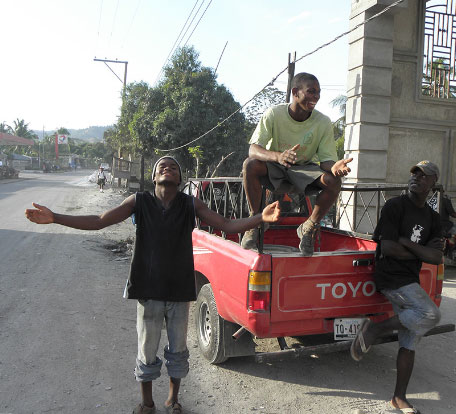Building a Better Future:
AggreBind’s Commitment to
Sustainable Community Development
Building a Better Future: AggreBind’s Commitment to Sustainable Community Development
Strengthening community through empowerment and entrepreneurship
AggreBind’s Vision for Sustainable Development
At AggreBind, our dedication extends beyond business objectives; it centers on enhancing community living standards with innovative infrastructure solutions. Our commitment to sustainable community development is rooted in our mission to amplify strength and effectiveness within these communities. We strongly believe that by empowering sustainable communities through infrastructure and dust suppression, we pave the way for enduring positive change. Through internal guidelines that prioritize community upliftment and localization, and by fostering entrepreneurship at the grassroots level, we aim to create a domino effect of progress, improving lives and enabling greater community participation in shaping one’s destiny.
It is our goal to Build a Better Future and enhance the quality of life for individuals. We acknowledge the intrinsic link between quality of life and community vitality. At AggreBind, we actively engage in projects that utilize local construction and local workers, to uplift living standards, create opportunities for growth, improve community health standards through dust control measures and foster sustainable practices that enhance not just the present, but the future as well. By focusing on training and education, it is our aim to empower through local decision-making processes, granting communities greater ownership in their own futures.
Transform Your Community Project with AggreBind

The strength and effectiveness of communities

Improving peoples’ quality of life

Enabling people to participate in decision making to achieve greater long-term control over their lives
AggreBind projects actively commit to sustainable community development programs that contribute to the
long-term strengthening of community health and viability through infrastructure and dust suppression
Enabling Change: Our Roadmap

Foster constructive working relationships and alliances among communities and listen to the needs of the community.

Build capacity within governments, companies and communities to address sustainable development issues at the local level.

Promote the value-adding potential of economically viable development

Create new opportunities for the local and regional communities.
Social Upliftment Projects using AggreBind
Guiding principles: AggreBind’s operational framework and approach to project evaluation and implementation
Our main objective is sustainability that provides a long-term future for the communities who engage us.
Operational Guidelines
- Implement and maintain ethical business practices.
- Integrate sustainable development considerations within the decision-making process.
- Uphold fundamental human rights and respect cultures, customs, and values.
- Implement risk management strategies based on valid data and sound science.
- Seek continual improvement for the health and sustainability of communities..
- Seek continual improvement for the protection of the environment..
- Contribute to conservation of biodiversity and integrated approaches to land use planning.
- Facilitate and encourage responsible product design, use, re-use, and recycling, of all available materials.
- Contribute to the social, economic, and institutional development of communities.
- Implement effective and transparent engagement, communication and independently verified reporting arrangements with communities.
Project and development Analysis
- Has the community discussed a development plan?
- Is the development sustainable?
- What are the community’s main priorities, objectives and support for change?
- What natural resources and skills are available in the immediate area?
- How will the project be financed and who will control the finance?
- Does the community have a road and services infrastructure?
- Does the community have schools, clinics etc

Facilitating Entrepreneurship
Written by: Dr. Ernesto Sirolli as part of their article Rhetoric to Practice
The change that is required to go from “planning for infrastructure development” to “facilitating local entrepreneurship” is huge. It is like going from open cut low grade coal mining to prospecting for gold nuggets. Not only are the tools different; everything is different, including the attitude and expectations of the people involved.
We, at the Sirolli Institute, know how to prospect for gold. We know how to find one nugget at a time and have developed a methodology that actually gets the nuggets to come to us. Read more.
The full article is available in our Reference Library for download
Title: Mining and Community Development From Rhetoric to Practice
Talk to us about your Community or Carbon Credit Project with AggreBind.
